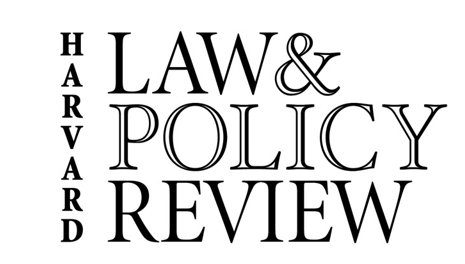by Atty. Steve Churchill*
As The New York Times recently reported in a three-part series, employers increasingly are relying on mandatory arbitration agreements to force their workers to resolve employment disputes in arbitration instead of court (where a worker usually has the right to a jury trial). While arbitration can result in faster outcomes, it has well-known problems: it is prone to systemic biases in favor of employers, shields cases from the public eye, and provides only limited rights of appeal.
Perhaps more important, employers are using arbitration agreements to prevent workers from bringing or participating in class actions. Until recently, courts regularly struck down what are called “class action waivers” (or simply “class waivers”) under various state law doctrines – holding, for example, that such waivers violate public policy by preventing employees from effectively enforcing their rights. But that all changed as the result of a recent series of Supreme Court decisions, including key decisions that were decided by slim, conservative majorities. Now, when class action waivers are tucked into arbitration agreements, those waivers are effectively immune from attack under state law. That is so, according to Court’s recent decisions, because the Federal Arbitration Act broadly preempts any state law that disfavors arbitration.
The effect of this seismic shift cannot be understated. Employers accused of systemic abuses – such as misclassifying workers as independent contractors, failing to pay overtime, or engaging in a pattern of discrimination – can now force workers to bring claims individually. A notable example involves Uber, which successfully used arbitration agreements to avoid class actions. Prior to this recent change in the law, class actions were a more effective means of addressing widespread violations, because courts were willing and able to strike class waivers. Without class actions, fewer violations will be challenged, sometimes because the amount at stake is too small for an individual case, sometimes because an individual worker is too intimidated to take on an employer, and sometimes because workers are unaware of their rights. The end result: employers can act with greater impunity, with little fear of significant legal consequences.
The situation may change, however, thanks to a series of lower court decisions (including recent decisions by the Ninth and Seventh Circuits) holding that class waivers in the employment context violate the National Labor Relations Act, which gives employees the right to engage in concerted activity for their mutual aid and protection. Other courts have rejected that analysis, and there is now a deep split in the lower courts. Two cert petitions on this issue are pending in the Supreme Court. Given the deep split in the lower courts, as well as the high stakes for employers and workers, there is a strong likelihood the Court will take up this issue, either now or in a future case. Because recent arbitration decisions frequently have been decided along partisan lines, the outcome of the upcoming presidential election will likely be a decisive factor in determining whether employers can continue to use class waivers.
* Mr. Churchill is an employment attorney with over twenty years of experience and a founder of Fair Work, P.C. Since 2007, he has served on the faculty of Harvard Law School as a lecturer-on-law, where he teaches classes on advocacy skills and employment law enforcement strategies.

